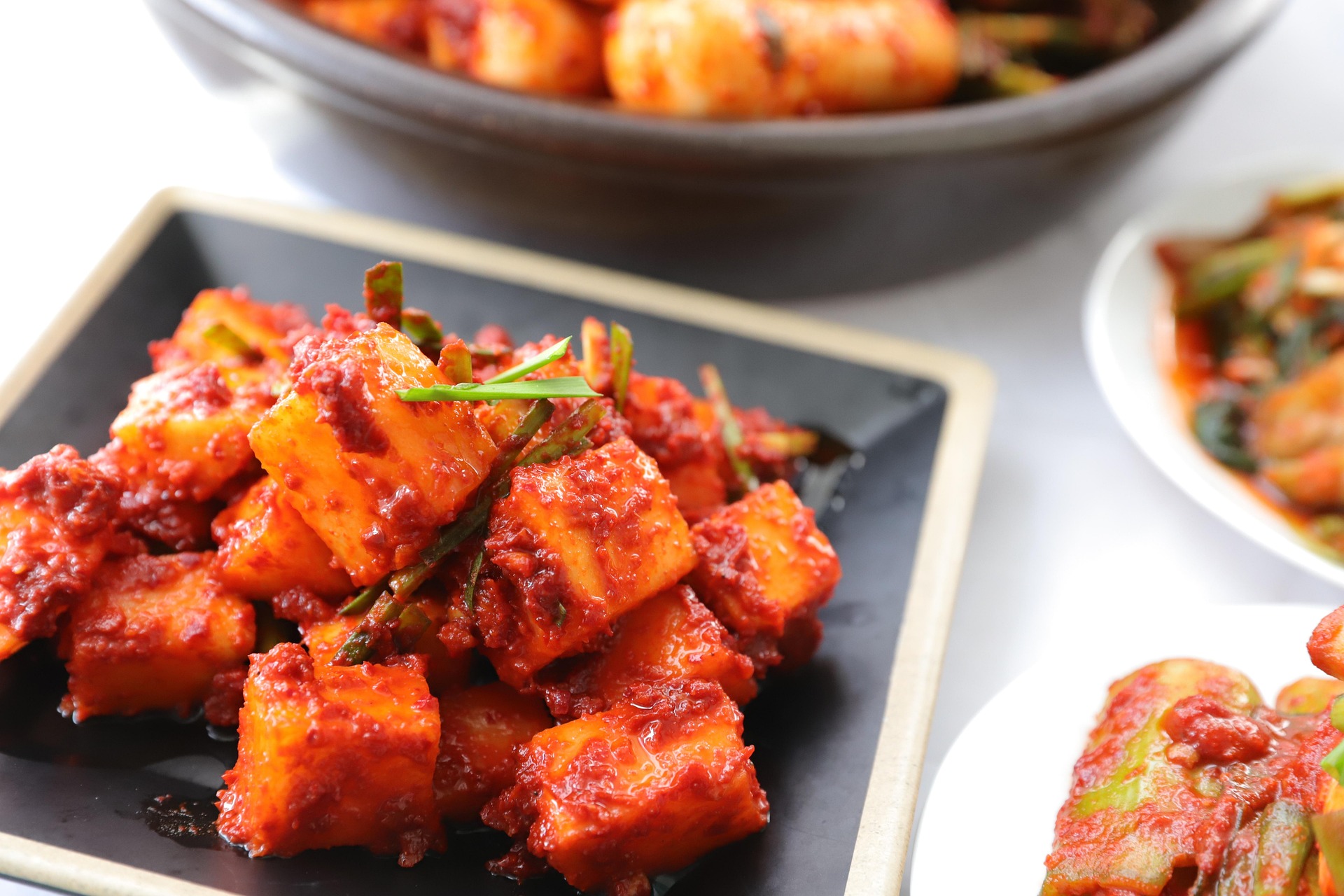Diving into the Exotic Flavors of Indonesian Cuisine
Indonesia, a nation of over 17,000 islands, is a melting pot of cultures, religions, and most importantly, delectable food. From Nasi Goreng to Sate Ayam, Indonesian cuisine offers a cornucopia of flavors and textures that are yet to be fully explored by the world. Let's embark on a culinary journey to discover Indonesia's most delectable dishes and their unique cooking techniques.

A Spicy Introduction: Sambal
Sambal, a fiery chili paste, is the heart and soul of Indonesian cuisine. It’s a staple condiment found in nearly every Indonesian dish, adding a kick of spice and a burst of flavor.
-
Made from a variety of chili peppers, Sambal is traditionally pounded using a mortar and pestle along with ingredients like garlic, shallots, and lime leaves.
-
Different regions in Indonesia have their own unique versions of Sambal. For instance, Sambal Terasi hails from West Java and includes shrimp paste, while Sambal Dabu-Dabu from North Sulawesi has a tangy flavor thanks to the addition of tomatoes and lime.
Delving Deeper: Nasi Goreng
Nasi Goreng, or Indonesian fried rice, is a national favorite that showcases the country’s love for bold flavors. This dish combines cooked rice with a myriad of ingredients, including meat, vegetables, and a variety of spices.
-
Unlike other fried rice dishes, Nasi Goreng is typically cooked with sweet soy sauce, which gives it a distinct caramelized flavor.
-
It’s often served with a sunny-side-up egg and a side of krupuk, a crispy cracker made from starch and deep-fried.
The Sweet Side: Pisang Goreng
Indonesia’s culinary landscape isn’t just about savory dishes. Pisang Goreng, or banana fritters, is a popular dessert that is as simple as it is delicious.
-
These sweet treats are made by dipping ripe bananas in a simple batter and deep-frying them until golden.
-
They’re often served with a dusting of powdered sugar or a drizzle of honey, making for a sweet end to any Indonesian meal.
Fusion of Flavors: Gado-Gado
Gado-Gado is a vibrant Indonesian salad that beautifully captures the country’s cultural diversity. The name translates to ‘mix-mix’, referring to the assortment of ingredients tossed together in this dish.
-
Gado-Gado typically includes boiled vegetables, tofu, tempeh, and hard-boiled eggs, all tossed in a flavorful peanut sauce.
-
The dish is often garnished with emping, a type of Indonesian cracker, adding a delightful crunch.
Savoring Seafood: Ikan Bakar
Indonesia, being an archipelago, has a rich seafood tradition. Ikan Bakar, or grilled fish, is a favorite dish enjoyed across the country.
-
The fish is marinated in a mixture of spices, including turmeric and garlic, then grilled over charcoal for a smoky flavor.
-
It’s typically served with a side of Sambal and steamed rice, making for a wholesome, flavorful meal.
Interesting Insights
-
Indonesia has over 5,350 traditional recipes, reflecting its diverse culinary heritage.
-
The country is the world’s largest producer of nutmeg, a spice commonly used in Indonesian cuisine.
-
Rendang, a slow-cooked beef dish from West Sumatra, was voted the world’s most delicious food by CNN readers in 2011.
In conclusion, Indonesian cuisine is a treasure trove of flavors waiting to be explored. From fiery Sambal to sweet Pisang Goreng, it offers a culinary journey like no other. So, the next time you’re looking for an exotic culinary adventure, why not give Indonesian cuisine a try?






